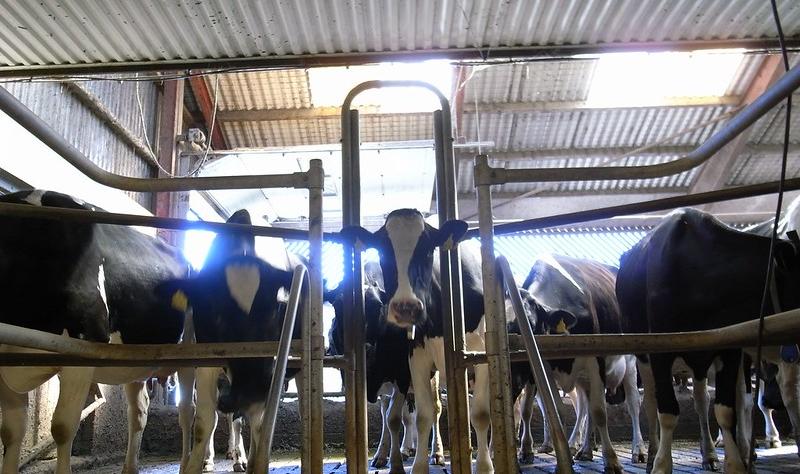
In recent developments, the US Department of Agriculture (USDA) and the Centers for Disease Control and Prevention (CDC) have reported on several fronts regarding the ongoing H5N1 avian flu outbreak in both birds and mammals. The virus has been detected in dairy cattle in Texas and Kansas, leading to two human cases of infection, one each in Texas and Colorado.
The USDA's Agricultural Research Service is currently assessing the potential to develop an H5N1 vaccine for cows as part of efforts to mitigate the spread of the virus. However, it remains unclear how long development might take due to ongoing questions about transmission between cattle and characteristics of infection in cows.
Meanwhile, USDA's Animal and Plant Health Inspection Service (APHIS) has reported that wild migratory birds are still considered the original source of the virus. Instances of virus spread have been linked to cattle movements between herds, as well as from dairy herds back into poultry flocks through an unknown route.
The CDC advises avoiding direct contact with wild birds and reporting any sick or dead birds. No travel restrictions have been imposed due to the avian flu crisis, but seasonal flu vaccines can reduce the risk of illness from avian flu for those who are at higher risk.
In a separate development, health experts in Michigan are warning against consuming raw milk amid concerns over potential contamination risks. Raw milk is illegal to sell directly to consumers in most states, including Michigan. The absence of pasteurization leaves raw milk susceptible to carrying germs like campylobacter, cryptosporidium, E. coli, listeria, brucella, and salmonella.
The H5N1 outbreak is expanding in the US and affecting over two dozen farms across eight states. This marks the first documented instance of H5N1 infection in dairy cows and highlights a worrying trend of the virus moving from birds to a growing range of mammals. More than 40 new mammalian species have been affected, and more than 26 countries have reported infections in mammals during the current zoonotic wave compared to 10 countries prior to 2019.
The increased infections in birds create more opportunities for spillover events, where the virus jumps from a bird host to a mammal. The USDA suspects that the current transmission between dairy cows is occurring through contaminated milking equipment.
It's important to note that while these developments are concerning, officials continue to emphasize that there is minimal risk to the public from the latest iteration of bird flu. However, it's crucial for individuals and farmers alike to take necessary precautions and stay informed about the situation as it unfolds.



